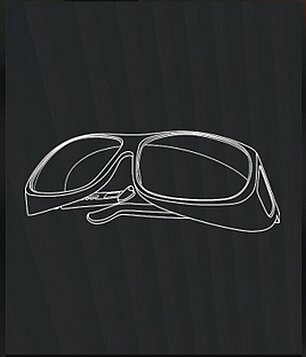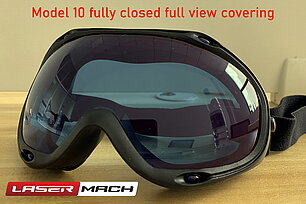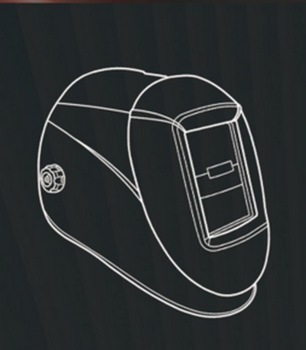When used correctly, lasers serve various practical purposes. However, it's crucial for everyone to understand how to safeguard their eyes from high-powered laser beams. Individuals working with potent lasers in scientific, medical, or industrial settings must be well-versed in the associated risks and protective measures.
What makes lasers hazardous?
All laser beams carry energy, and when they come into contact with biological tissue such as skin or eyes, this energy is absorbed and converted into heat. The more intense and potent the beam, the more heat it generates. Highly concentrated beams of light can pass through the cornea and lens, focusing even more light, and hitting a small area on the retina, resulting in the destruction of photoreceptor cells. This can lead to temporary or permanent blind spots before the blinking reflex can intervene. Powerful lasers within the visible to near-infrared spectrum can heat the entire retina, while those with wavelengths under 300 nanometers and in the high infrared range can cause photokeratitis or severe burns to the cornea. The lens can also absorb laser beams with wavelengths under 400 nanometers, increasing the risk of cataracts, which can obstruct vision. A broader laser beam can cause temporary flash blindness, similar to exposure to extremely bright light, before the blinking reflex kicks in. Infrared laser light is not visible to the human eye, so it can damage the eye without triggering the blinking reflex. Additionally, laser beams closer to the blue or ultraviolet spectrum can cause harmful photochemical reactions in the eye tissue.
Classification of Lasers
Lasers are categorized based on their strength, with Class 1 being the lowest and Class 4 the highest. Class 3R, 3B, and 4 lasers necessitate the use of laser safety goggles and glasses for protection. The American National Standards Institute (ANSI) has established standards for categorizing lasers according to the risks they pose, which are utilized by the Occupational Safety and Health Administration (OSHA).
Workplace Laser Safety
The presence of a competent laser safety officer within your company is crucial for establishing and maintaining a safe working environment. All employees should be well-informed about the risks associated with laser operation and should not become complacent. Here are some essential laser safety tips:
- Never allow anyone to position their face or eyes at the same level as the laser beam.
- Remove watches, rings, and all other jewelry before entering the laboratory.
- Reduce the power when adjusting and aligning beams.
- Utilize an interlock system to automatically shut down the laser when necessary. Class 3B and Class 4 lasers, which are the most hazardous, typically come equipped with an interlock system.
- Ensure that a Certified Laser Safety Officer is on duty and restrict access to lasers in operation to trained and authorized personnel only.




